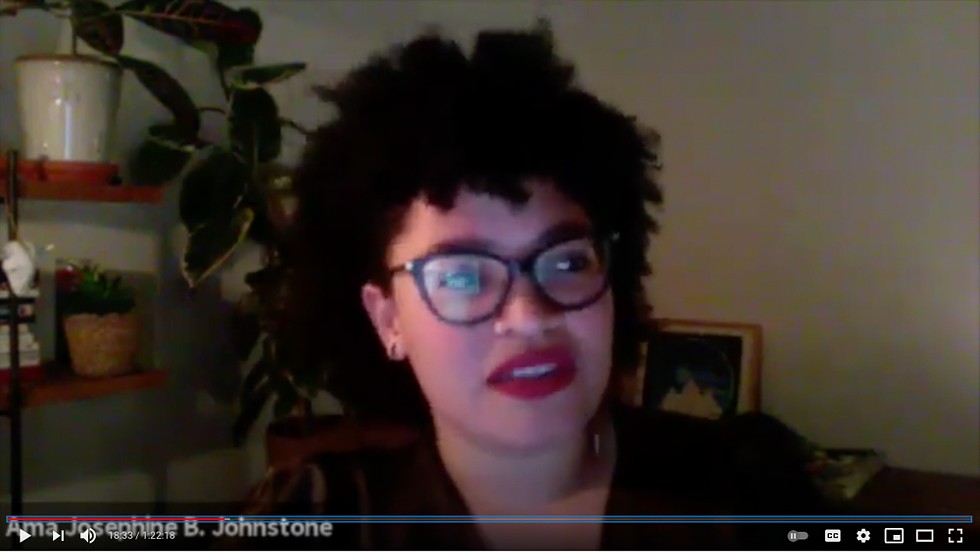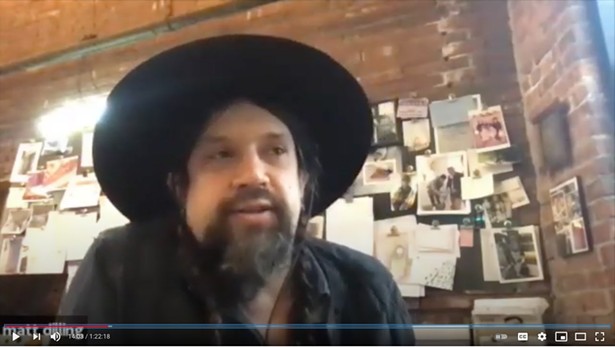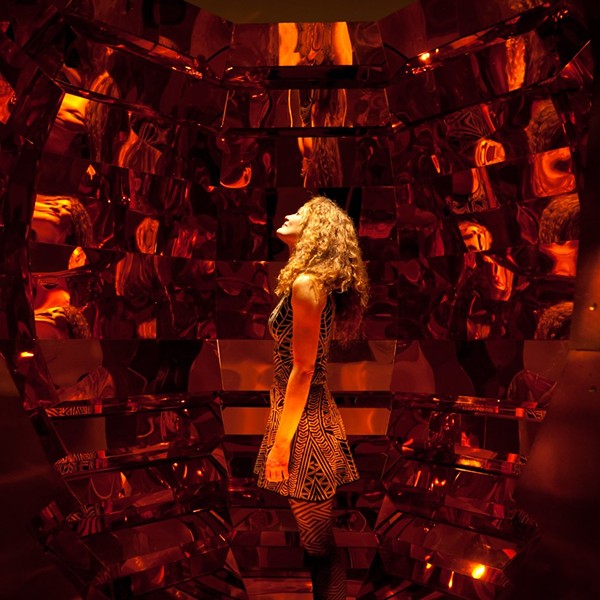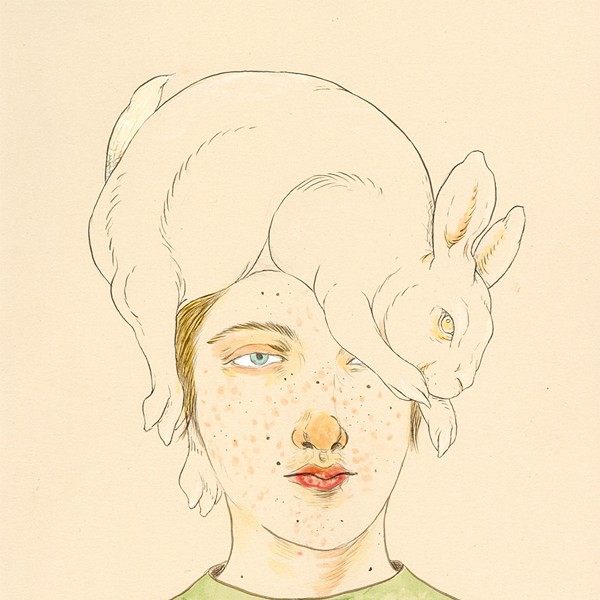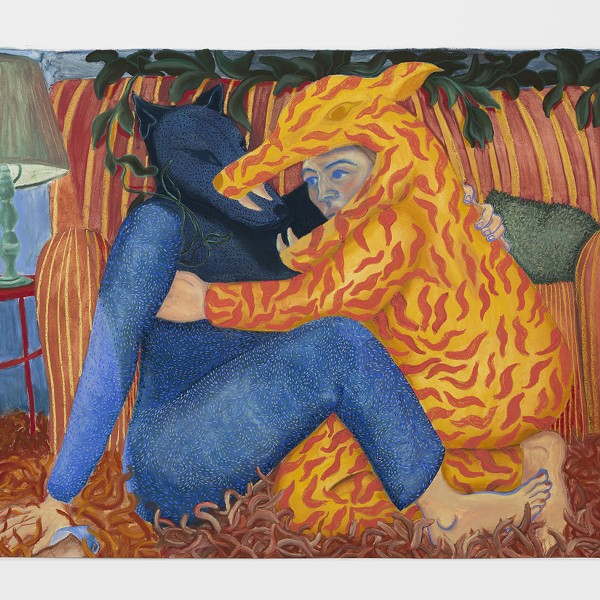On January 27, Chronogram Media teamed up with gallery owner Ellen Simpson of Hudson's D'Arcy Simpson Art Works and artist David McIntyre, founder of online gallery Hudson Art Fair, to host a panel discussion that explored how artists, educators, institutions, and the public can forge a grassroots regional coalition to bring activist art to a wider audience in the Hudson Valley.
Held on Zoom and moderated by Chronogram Media Editorial Director Brian K. Mahoney, the event brought together five voices from the Hudson Valley art world and 100 remote participants for a dynamic discussion on activist movements in our community and the difficulty and importance of challenging historic power dynamics in the creation and curation of the arts.
The panel kicked off with Matt Dilling, cofounder of Kingston-based Lite Brite Neon Studio, a collective of craftspeople that specializes in the production of neon art, display, luminous visual props, and architectural lighting. As a fabricator for both commercial projects and artists in non-traditional spaces, Dilling said his team is "very aware of how context transforms the artwork and changes the dialogue." In the activist sphere, Dilling said that much of the work is about being willing to ask questions and not always having the right answer.
Next to speak was the new Keith Haring Fellow in Art and Activism at Bard College, Ama Josephine B. Johnstone. Johnstone is a speculative writer, artist, curator, and pleasure activist whose work navigates intimate explorations of race, art, ecology, and feminism. Johnstone encouraged the attendees to question the binary of gallery space and the streets by recognizing that institutional spaces like galleries "come with material privileges and hierarchies'' that have been constructed and codified by our society. The distinction between art in the gallery or in the streets can be useful, she said, if it pushes us to think about where money and resources are going.
After Johnstone spoke, Melissa Auf der Maur, co-founder of Basilica Hudson, a nonprofit multidisciplinary arts center in Hudson, spoke about the responsibility that anyone with an institutional platform has to create change on a societal level. With Basilica Hudson unable to host large-scale programming during the pandemic, Auf der Maur has been working to make the center a regional hub of climate change activism by fostering private-public partnerships, including the creation of a future workforce training program for green trades.
Next to speak was Jean-Marc Superville Sovak, a multidisciplinary artist whose project "a-Historical Landscapes" involves altering 19th-century landscape engravings to include images borrowed from contemporaneous anti-slavery publications. When asked about who the audience is for his work, Superville Sovak said that it depends on who is looking. "I think the message is that there is a history that we see and there's a history that we don't see," he says. "There is a way to get the history that's not visible...visible."
Rounding out the panel was gallerist Jack Shainman, a force in the international art world whose Hudson Valley gallery, The School in Kinderhook, has been a major influence in the region's flourishing creative culture. For the past five months, The School has been mired in the fundamental question of what public art should look like. Artist Nick Cave's work Truth Be Told, rendered in 21-foot-high vinyl letters on the front of the building, drew objection from the village, which argued that it was a sign and not a work of art. "As a gallerist, I create a space for the artist to come in and do what they do. For me I really thought this was about supporting Nick in his work," says Shainman. (At the beginning of February, the village's zoning board ruled unanimously in The School's favor just after the work was taken down. It is to be installed on the facade of the Brooklyn Museum in late spring.)
After the panelists spoke, there was a Q&A that included questions from art students from youth art education organization the Art Effect. Amya West struck to the heart of the event by asking why galleries have to be a proving ground for artists and received several answers from the panelists that encouraged West and other young artists not to let the historic role of galleries limit where they choose to show their work. Ava Vernor asked about the role of online fundraising for artists' work and livelihoods that sparked many answers from the event's participants and presaged a rich and vibrant ongoing conversation about art, activism, and inclusion in the Hudson Valley art community.
If you'd like to be part of a grassroots Hudson Valley coalition that facilitates and supports activist art, sign up for the email listserv.







